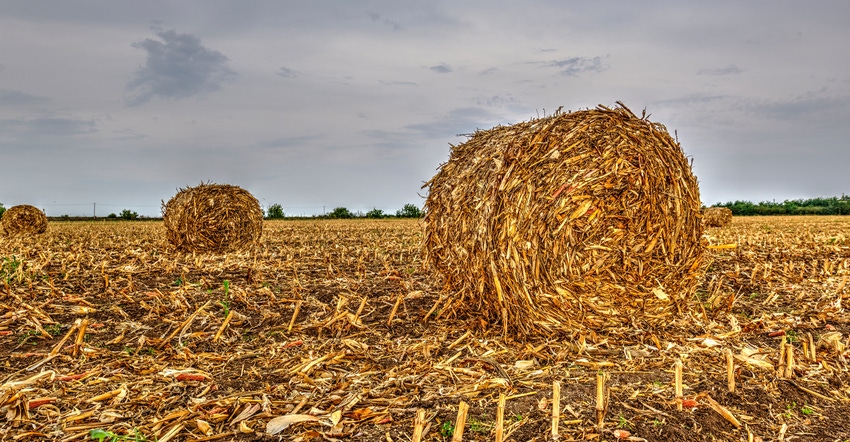August 17, 2022

Yeasts play a key role in converting, or fermenting, sugars from plants into ethanol fuel. But not all yeasts are created equal. Some are better fermenters than others because they can tolerate the harsh conditions of the bioreactors in which they’re used.
Clavispora NRRL Y-50464 is just such a yeast.
A team of USDA Agricultural Research Service (ARS) scientists at the agency’s National Center for Agricultural Utilization Research in Peoria, Ill., used a standard microbiology procedure called “adaptive laboratory evolution” to generate the hardy yeast strain, which outperformed the industry standard, Saccharomyces cerevisiae, in tests.
Alternative sugar sources
Cornstarch has long been a leading source of simple sugars that can be fermented into ethanol fuel as a cleaner-burning alternative to gasoline. However, there are many competing uses for the versatile commodity, prompting researchers and fuel makers to focus on alternative sources — perennial grasses, forestry byproducts, and crop residues like rice straw and corn stover among them.
To get to these sugars, the “brick and mortar” of plant cells — cellulose and lignin (a.k.a. lignocellulose) —must first be broken down using enzymes or diluted acids.
However, this produces furfural and other chemical byproducts that are harmful to the yeasts, hobbling their ability to ferment sugars released from lignocellulose.
Fortunately, Clavispora NRRL Y-50464 is no ordinary yeast.
Strong yeast
The strain is the toughest of the tough selected by the researchers from a natural population of Clavispora yeasts originally found growing on sweet sorghum. This toughness includes heat tolerance, fast growth and an ability to detoxify harmful byproducts like furfural while producing ethanol.
The yeast strain also makes its own beta-glucosidase, an enzyme which catalyzes the breakdown of simple sugars like glucose from lignocellulose so they can be fermented into ethanol. This eliminates the need to add beta-glucosidase “and lowers the enzyme cost of cellulosic ethanol production,” explained Z. Lewis Liu, a retired molecular biologist formerly with the ARS center’s Bioenergy Research Unit in Peoria.
That’s kind of a big deal — so much so that ARS patented the yeast strain for use in lignocellulose-based ethanol production systems, whose enzyme costs are typically 10 times those of starch-based ones.
Testing
Laboratory trials conducted by Liu, ARS chemical engineer Bruce Dien and their collaborators prove the yeast strain’s superstar status as a fermenter of sugars from lignocellulose-rich sources like rice straw and corn stover.
In flask, beaker and bioreactor trials using a two-in-one step called simultaneous saccharification and fermentation, Clavispora NRRL Y-50464 outperformed genetically engineered Saccharomyces yeast strains.
Liu said that although the Clavispora yeast doesn’t ferment all types of simple sugars available from lignocellulose sources, it still has the potential to reduce the cost of producing ethanol. Additionally, the genetic makeup behind the yeast’s unique combination of traits could yield important clues to improving the use of other microbial strains in lignocellulose-based ethanol production systems.
The key, Liu added, will be making critical process engineering improvements to the bioreactors now being used, including their ability to stir the cellulosic mix with high loads of fermentable solids.
Source: The USDA Agricultural Research Service is solely responsible for the information provided and is wholly owned by the source. Informa Business Media and all its subsidiaries are not responsible for any of the content contained in this information asset.
You May Also Like




